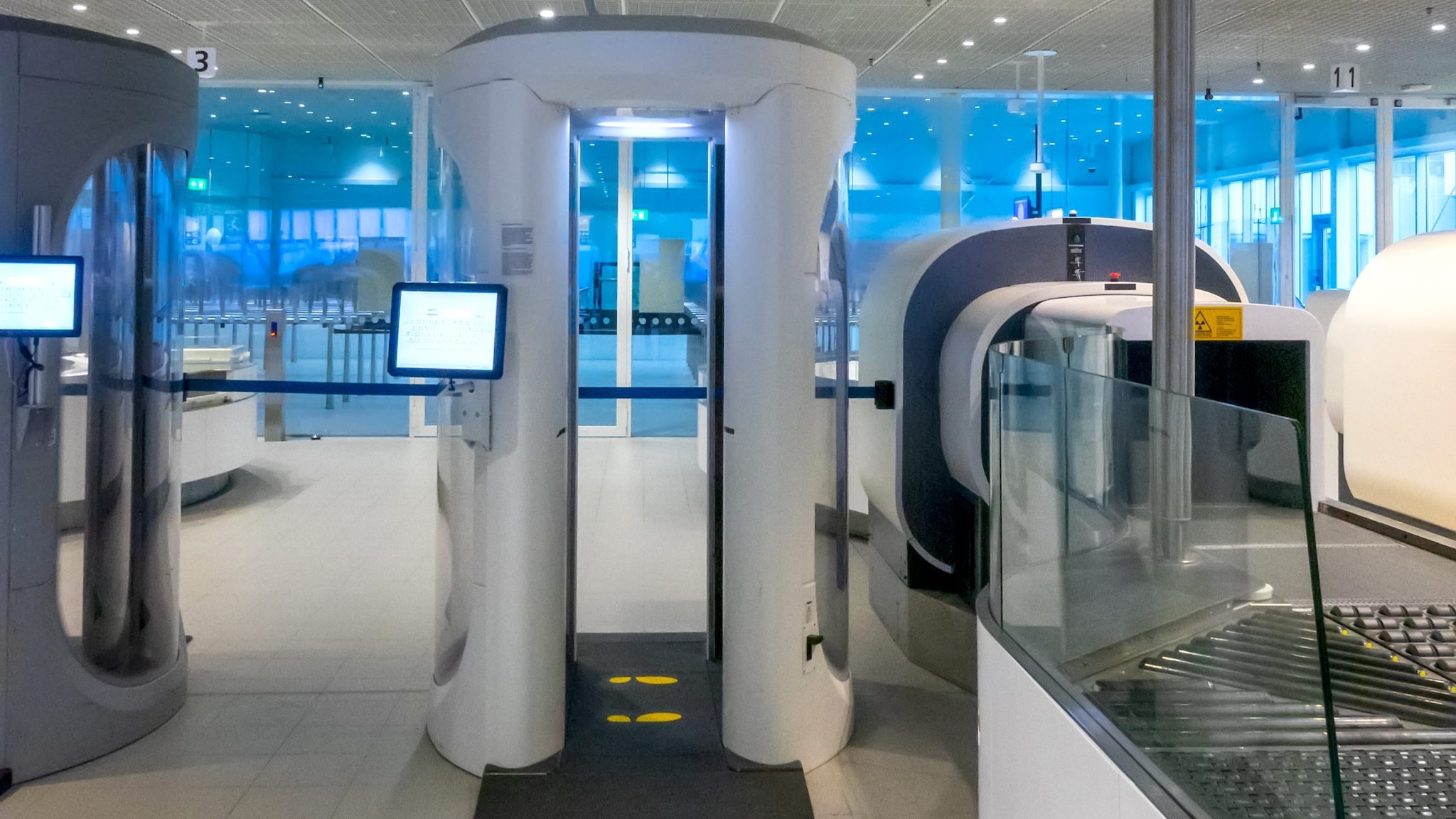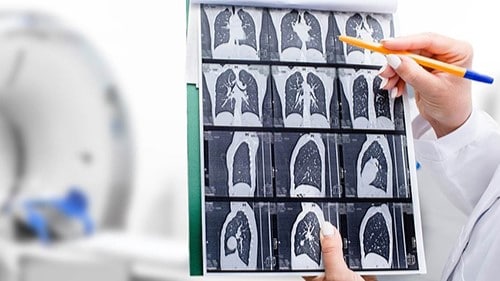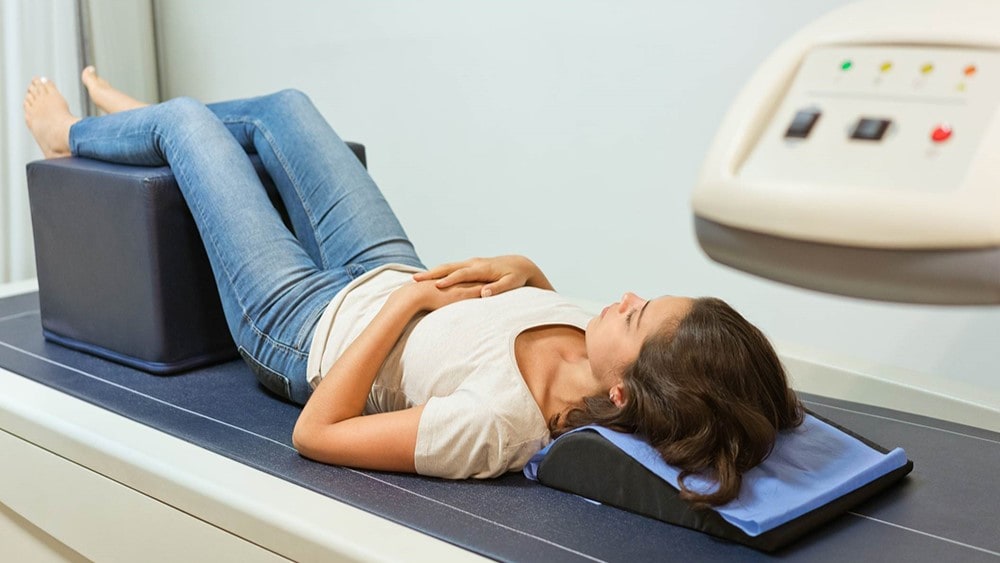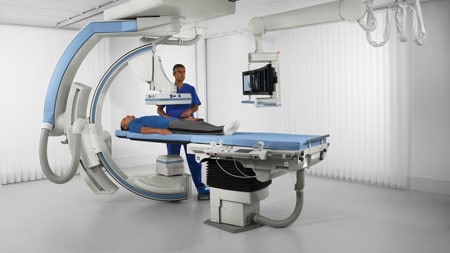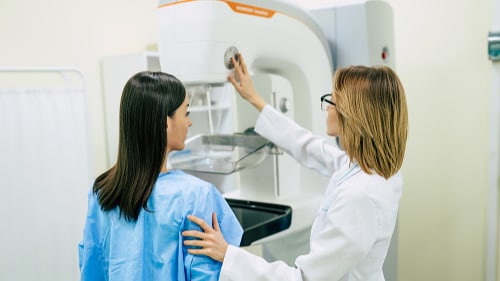At a glance
Radiation comes from natural and manmade sources and is part of our daily lives. Learn about different radiation sources and ways to protect your health.
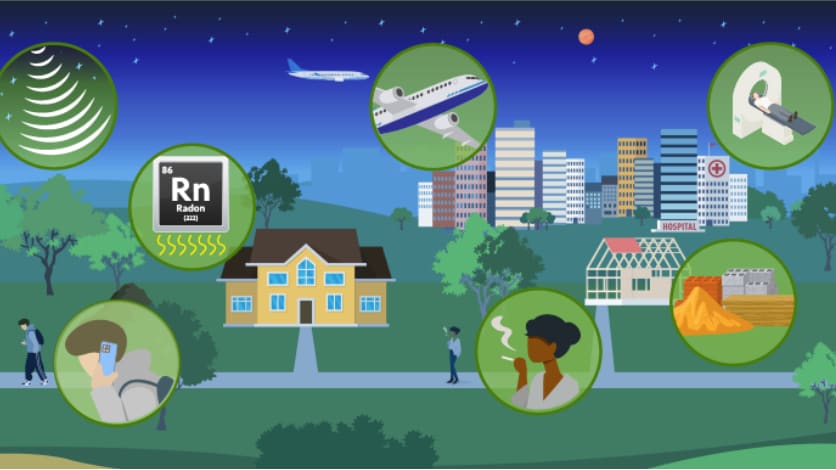
Radiation in everyday objects
Facts About Radiation from Air Travel
The amount of radiation people get from air travel is low.
Facts About Radiation from Airport Security Screening
Airport body scanners release low levels of radiation.
Facts About Radiation from Building Materials
We are all exposed daily to small amounts of radiation from natural sources.
Facts About Cigarette Smoking and Radiation
Breathing polonium-210 and lead-210 over time can lead to cancer.
Facts About Cell Phones and Your Health
Cell phones are used every day. Some people wonder if cell phones can cause health problems.
Facts About Ultraviolet Radiation
Ultraviolet (UV) radiation is non-ionizing and is emitted by both natural and artificial sources.
Facts About Wearable Technology
Wearable technology uses low-powered radiofrequency (RF) and emits a type of non-ionizing radiation.
Radiation in nature
Facts About Radiation from Space (Cosmic Radiation)
A natural source of radiation is from space, also known as cosmic radiation.
Facts About Radiation from the Earth (Terrestrial Radiation)
Radioactive materials are all around us and can be naturally found in the earth.
Imaging procedures with radiation
Facts About Computed Tomography (CT) Scans
CT scans require more exposure than x-rays, but allow your provider to see more detailed images.
Facts About Bone Density (DEXA Scan)
DEXA scans measure bone density by passing a high and low energy x-ray beam through the body.
Facts About Fluoroscopy
Fluoroscopy is a medical procedure that allows doctors to see movements inside a part of the body.
Facts About Nuclear Medicine
Nuclear medicine can be used by healthcare providers for both diagnosis and treatment.
Facts About Mammograms
Mammograms may be recommended when believed that the benefits outweigh the risks for your health.
Content Source:
National Center for Environmental Health


